Spear Vs. Sword: What Was the More Effective Weapon in Battle?
NO AI USED This Article has been written and edited by our team with no help of the AI
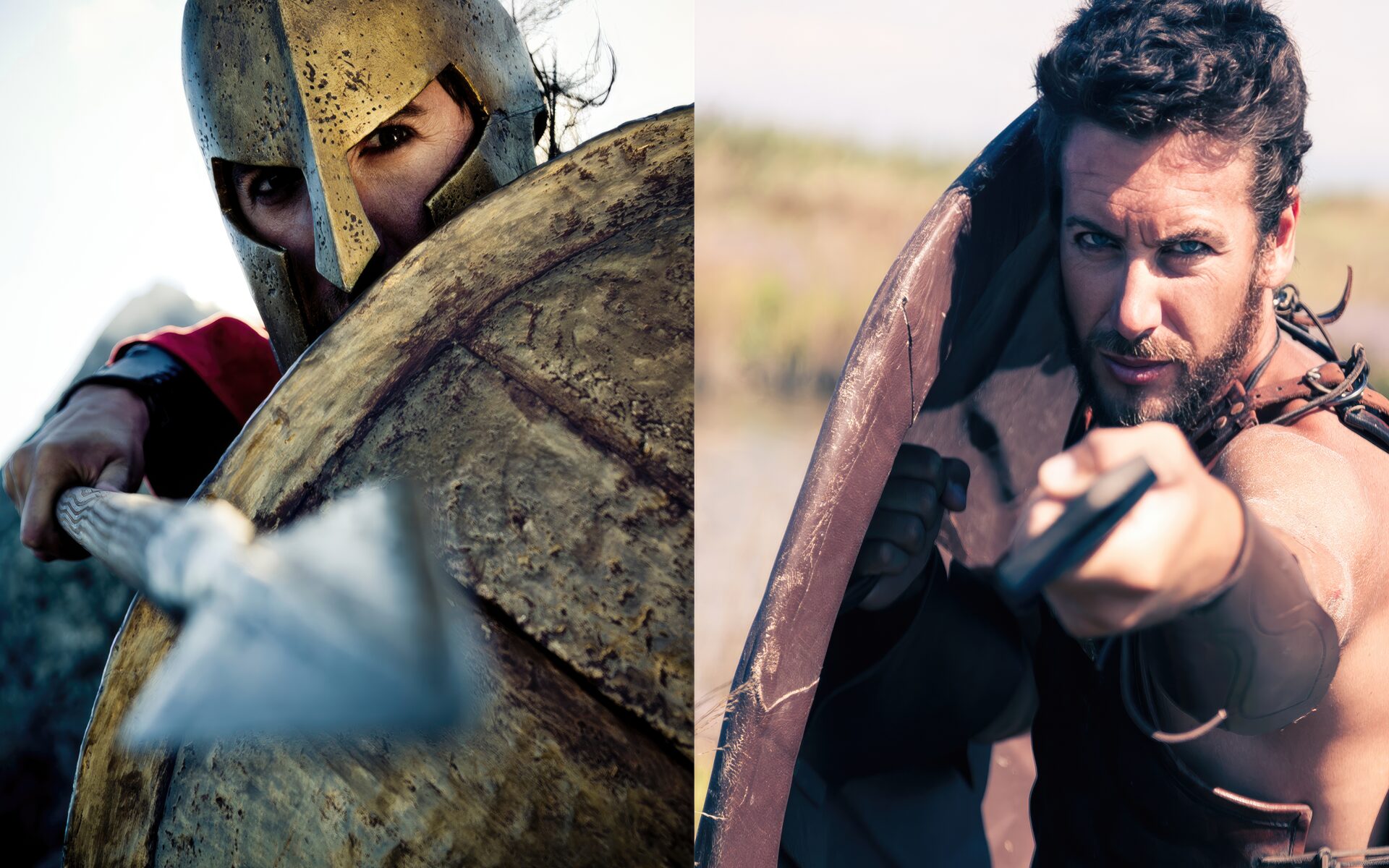
The battle between the spear and the sword has long captivated many historians and historical martial arts practitioners throughout the globe. This ongoing debate steeped in history may never come to a definitive conclusion because these two weapons are very different and serve individual but equally important purposes, whether on the battlefield or as a sidearm.
This article will place the sword and spear against each other to suggest a definitive victor. We will start by examining their backgrounds and their importance that helped shape history. Then, we will explore individual duels and battle formations and consider the difference between their power and versatility before denoting a winner.
Basic Attributes and Uses – Spears and Swords
| Attributes and Uses | Spear | Sword |
|---|---|---|
| Power | ✔ | ✔ |
| Versatility | ✖ | ✔ |
| Adaptability | ✖ | ✔ |
| Durability | ✖ | ✔ |
| Cost | ✔ | ✖ |
| Training | ✔ | ✖ |
| Reach | ✔ | ✖ |
| Thrusting | ✔ | ✖ |
| Slashing | ✖ | ✔ |
The spear and sword are both weapons that can be used with one or two hands, depending on the need and type of combat. Spears have a longer reach advantage, making them preferable in large formation battles with the ability to be thrown. They were also cheap and easy to produce, as well as easier to use.
Swords, however, were versatile tools easily carried and adaptable for many situations. The sword required quite a bit more steel and effort to construct and was also more durable. Spears could inflict more damage on a focused, pressured point due to their long pole and sharp spearhead, while swords were more useful for powerful and lethal thrusts, slashing, and chopping.
Historical Combat Value – Spears
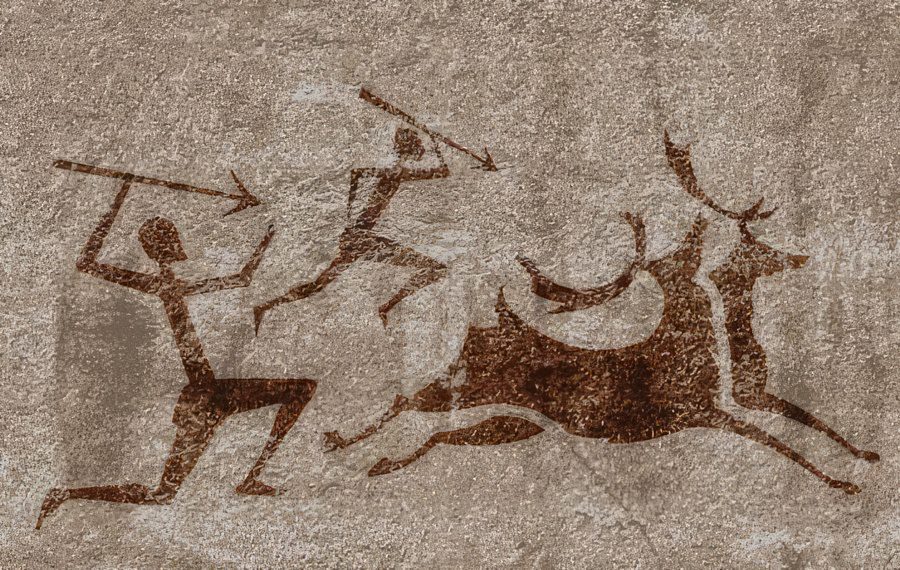
Spears are long, one or two-handed weapons emphasizing the power of reach and deep thrusting capabilities. They consist of a longer pole, usually created out of hardwood, with a pointed end made of stone, iron, or sharpened steel as its spearhead. Findings in Africa suggest that spears were used as early as 450,000 years ago and have drastically contributed to the evolution of humankind.
Swords are double or single-edged bladed weaponry that started out as smaller forms of longer knives. They gradually increased in size with metallurgical technological advancements. The earliest findings of the sword were from about 4000 years ago. They have been made from bronze, obsidian, iron, and steel. These versatile weapons come in many shapes and sizes and are trusted to hold up in heavy combat.
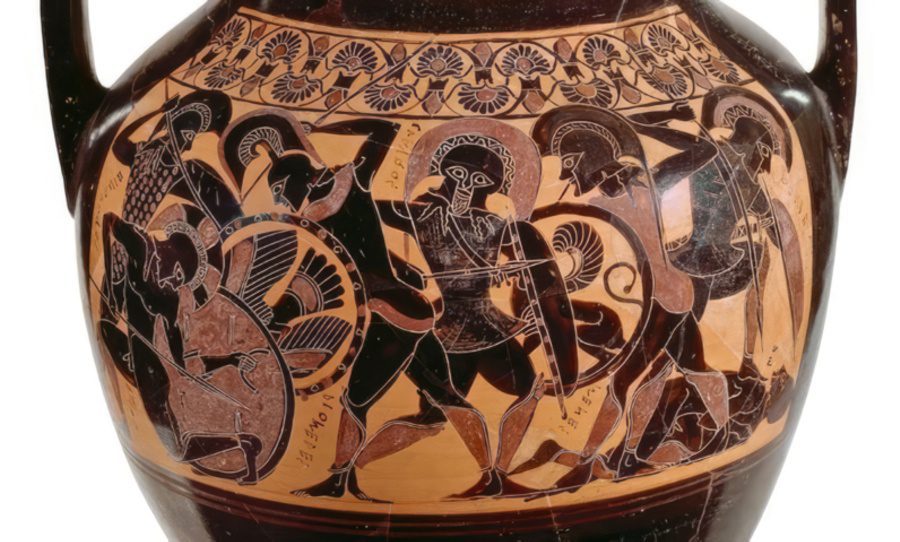
The spear is the most universally adopted weapon in world history. It was likely independently invented by many cultures and served as the most effective weapon throughout most historical eras. The spear was cheaper to create, simpler to use and offered limited-range protection to the wielder. The spear was a prominent weapon of the Scots during the Scottish War for Independence (1296-1328), particularly during the Battle of Bannockburn in June 1314.
Swords were used as the primary weapon in some historical battles but predominantly acted as a powerful sidearm with versatility. The sword could stab, slice, and inflict considerable damage with little effort.
One-on-One Duel (Without Armor or Shields) – Spears
The spear would likely be the victor in a one-on-one duel without rules or the use of armor or shield in an open area. Spears even have a longer reach advantage than the large zweihander sword. They are light weapons that could be used for attacking and defending while dipping forward, delivering feints and rounded oversweeps, and easily overextending the reach of one’s arm.
While the cut of a sword is fast and deadly, the tip of the spear is more unpredictable than the tip of the sword, as the long shaft behind it supports the spearhead. An experienced swordsman with a longsword might be able to deflect the shaft of the spear with its blade, as shown in historical fencing manuals. An inexperienced spearman may even be able to hold their ground against an experienced swordsman.





One-on-One Duel (With Shields and Armor) – Swords
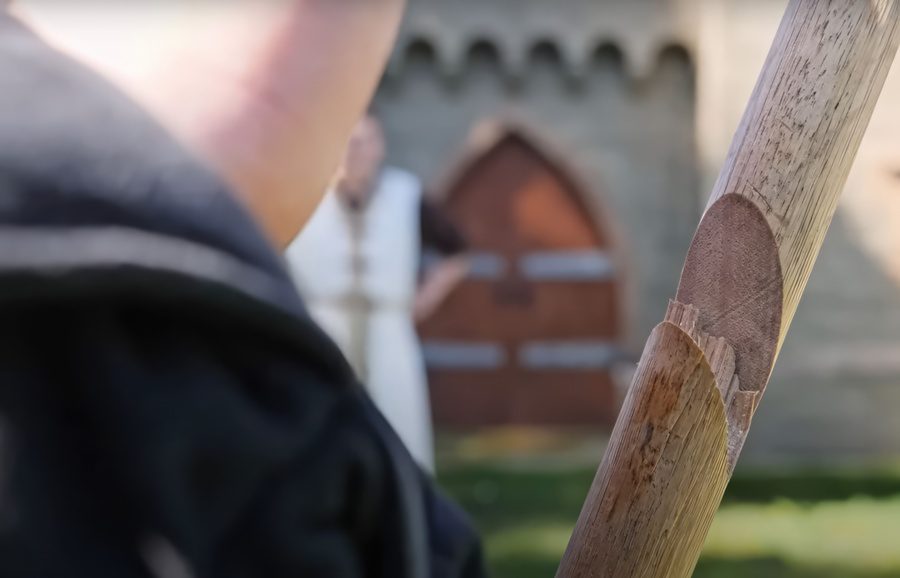
Spears are effective weapons to use in a formation or a duel against unarmored opponents due to their reach advantage. When a wielder has a larger shield and a sword in the other hand, the balance shifts toward the swordsman. This is primarily due to the versatility and protection the sword and shield offers. The durability of the spear will not hold up to that of a steel sword.
Rushing tactics with a shield and a sword have proven very effective during the Middle Ages. Arming swords were used during the Crusades due to their ability to inflict considerable damage to the opponent and are often referred to as the sword of conquest.
The power behind a one-handed sword and the protection provided by its shield negated the reach advantage of the spear and could turn the weapon against its user during close combat.





Battle Formations – Spears
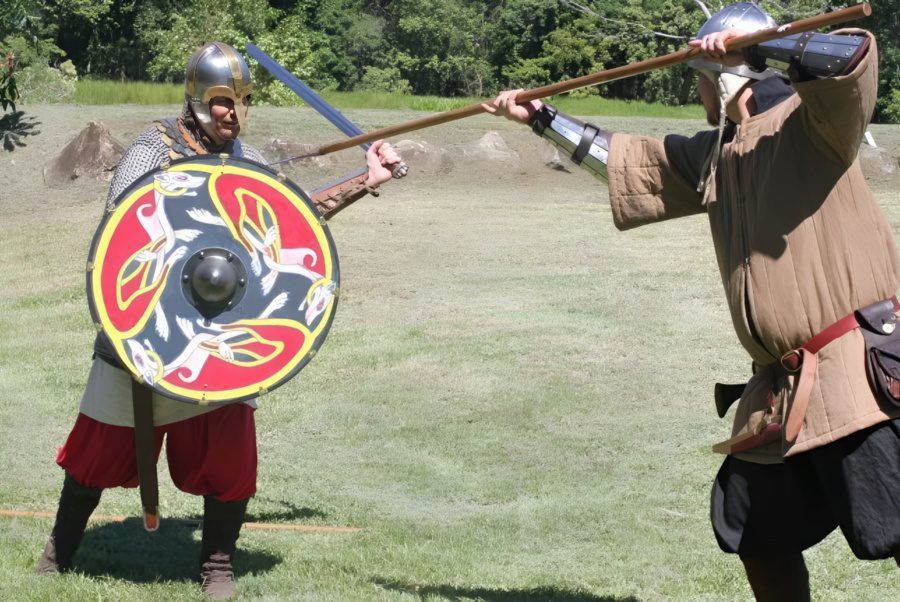
Battle formations were one of the most common uses for the spear in historical warfare. This tactic is recognized today for its effectiveness in the phalanx method, a body of heavily armed infantry in an organized line. This tactic was effectively used in the brilliant strategies of Alexander the Great. The sarrisa, a large pike invented by Phillip II, Alexander’s father, was especially useful in his conquest of Persia.
Using the spear in battle was so successful that the weapon advanced into different types of spear and pole weapons such as the larger polearm, halberd, poleaxe, and glaive. These weapons were effective for thrusting, bashing, and slashing.
The sword and shield were both competent during battle formation, but there are instances in history where the sword defeated the spear. The Roman gladius battled successfully against Macedonian phalanxes. However, this was primarily due to strong leadership.
While larger greatswords could be effective situational weapons for a reach advantage in battles, the long spear was still a better choice as it could function easier in a large formation. Spears could also be thrown toward the enemies, much like a javelin.
Tight Compact Area Combat – Swords
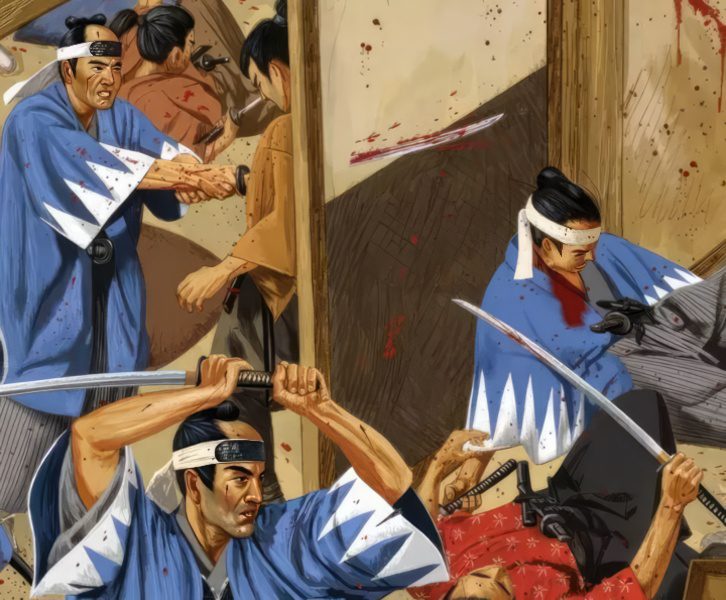
The sword was the most effective melee weapon in close-quarter combat. Some shorter one-handed or even two-handed light swords have proven to be the perfect size to function in a four-cornered room.
The katana sword, famously used by the samurai, came as a need for a deadly weapon to be used effectively in tighter, compact combat styles. These sword tactics and Japanese fighting styles were highly influenced by the Mongol invasions during the late 13th century.
In the case of close-range fighting, the spear wouldn’t be versatile enough, and the limited room for movement would work against it.
Against Armor and Cavalry – Spears
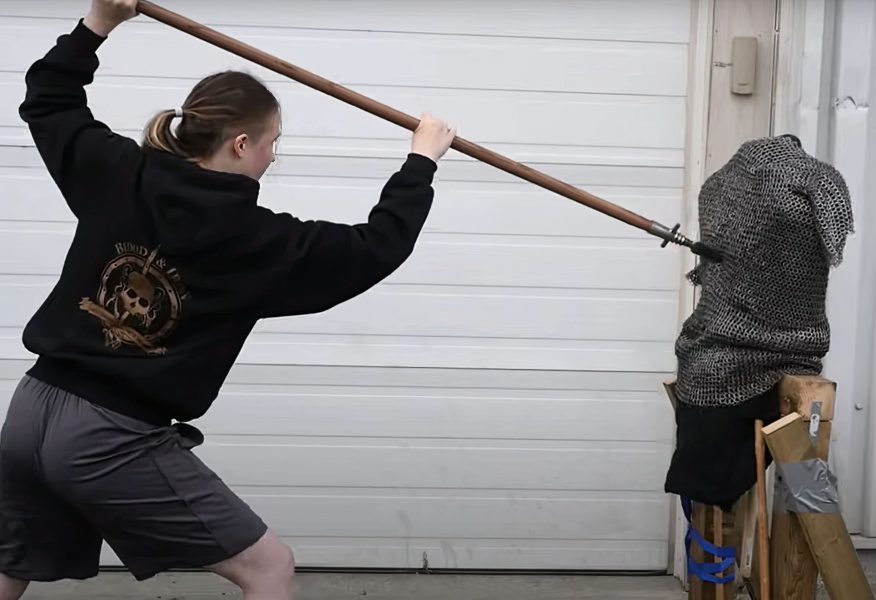
The spear was more effective against armor or incoming cavalry formations. The force behind the attack of a spear is much greater when focused on the point of its target than that of a sword. Some spears can push through chainmail armor and pierce the opponent’s body. Spears have also been able to slide through gaps in plate armor to deliver a wound.
Half-swords were often used for penetrating gaps in armor, but the force of a long spear behind its attacks could do more damage. This would also be the case when dealing with incoming cavalry. Despite the fact that there were anti-horse swords, such as the zhanmaodao saber, the longer spear could easily take down a horseman.
The Winner – Spear
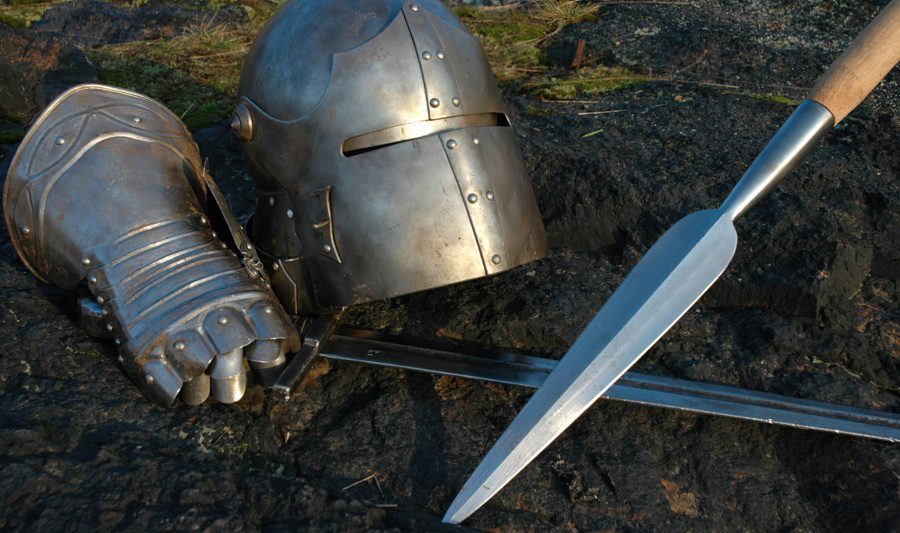
The spear was the preferred and better option regarding the significance and importance of fighting in overall historical combat. Spears were much cheaper, easier to create, and generally easier to use. Modern training recreations have shown that even inexperienced spear users could hold their ground against experienced swordsmen.
Throughout history, swords were secondary sidearms that couldn’t thrust as well as a spear can nor cut as powerful as an axe can. However, they were exceptional, versatile weapons, a preferred and popular choice in battle and martial arts.
The true answer to the debate between the spear and the sword isn’t superiority. However, it is about specialization. Both were formidable weapons designed with distinct purposes in mind. Still, the spear was the preferred instrument for warfare, bearing a more significant influence on the battlefields than the sword. The spear also has the added advantage of being around for a significantly longer period and, thus, was used more frequently in battle.
Throughout history, warriors predominantly used the spear as their primary weapon, with the sword a most reliable secondary.

